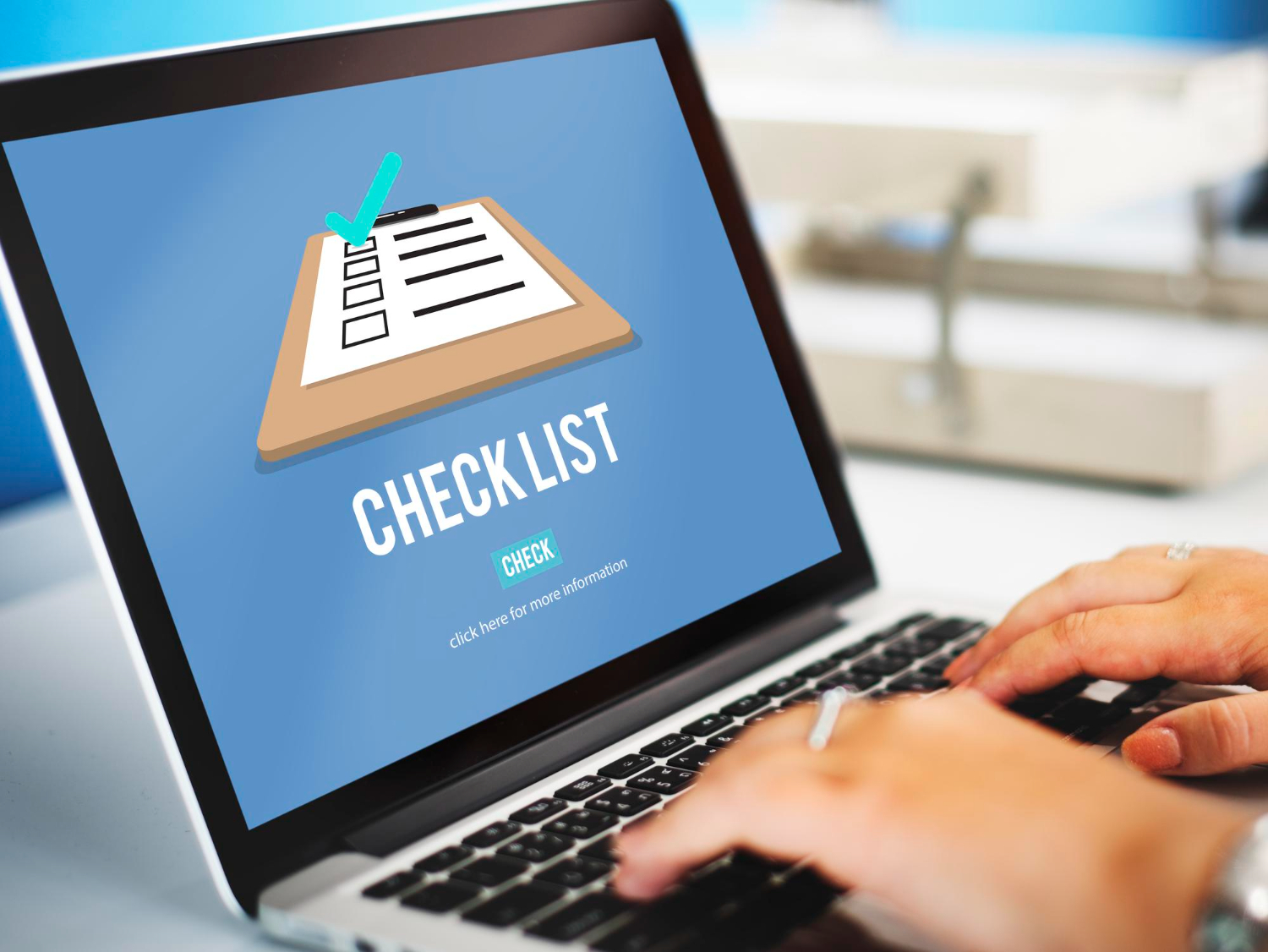
Before we dive into the details, let’s clarify the terms:
- Laptop Assurance: This typically refers to warranties, guarantees, or extended protection plans offered by manufacturers or retailers to safeguard your purchase.
- Quality Check: This involves inspecting a laptop for defects, performance issues, or compliance with specified standards.
Laptop Assurance: Your Safety Net
Laptop assurance programs can vary widely, but common features include:
- Warranty: A manufacturer’s promise to repair or replace a defective product for a specific period.
- Extended Warranty: Optional coverage that extends the original warranty period.
- Accidental Damage Protection (ADP): Covers damage caused by accidents like spills, drops, or electrical surges.
- Technical Support: Assistance with software issues, troubleshooting, and hardware problems.
Key Factors to Consider:
- Coverage Duration: How long does the assurance last?
- Coverage Scope: What is included (parts, labor, accidental damage)?
- Deductibles and Limitations: Are there any costs or exclusions?
- Customer Reviews: Check online feedback to assess the claims process and customer satisfaction.
Laptop Quality Check: Ensuring Your Investment
A thorough quality check is essential to identify any issues before it’s too late. Here’s what to look for:
Physical Inspection:
- Build Quality: Check for sturdy construction, even gaps, and a solid hinge.
- Screen: Look for dead pixels, backlight bleed, and proper color accuracy.
- Keyboard and Touchpad: Ensure keys are responsive and the touchpad functions smoothly.
- Ports and Connections: Verify all ports (USB, HDMI, etc.) are working correctly.
- Battery: Check battery life and condition.
Performance Evaluation:
- Boot Time: Observe how quickly the laptop starts up.
- Software: Test pre-installed software for proper functioning.
- Hardware Performance: Run benchmark tests to assess CPU, GPU, RAM, and storage speeds.
- Heat Management: Check for excessive heat during demanding tasks.
- Noise Levels: Listen for any unusual fan noise.
Additional Tips:
Consider Future Upgradability: Evaluate if you can upgrade components like RAM or storage.
Compare with Similar Models: Research competitor products to gauge value and features.
Read Reviews: Check online reviews for common issues and user experiences.




